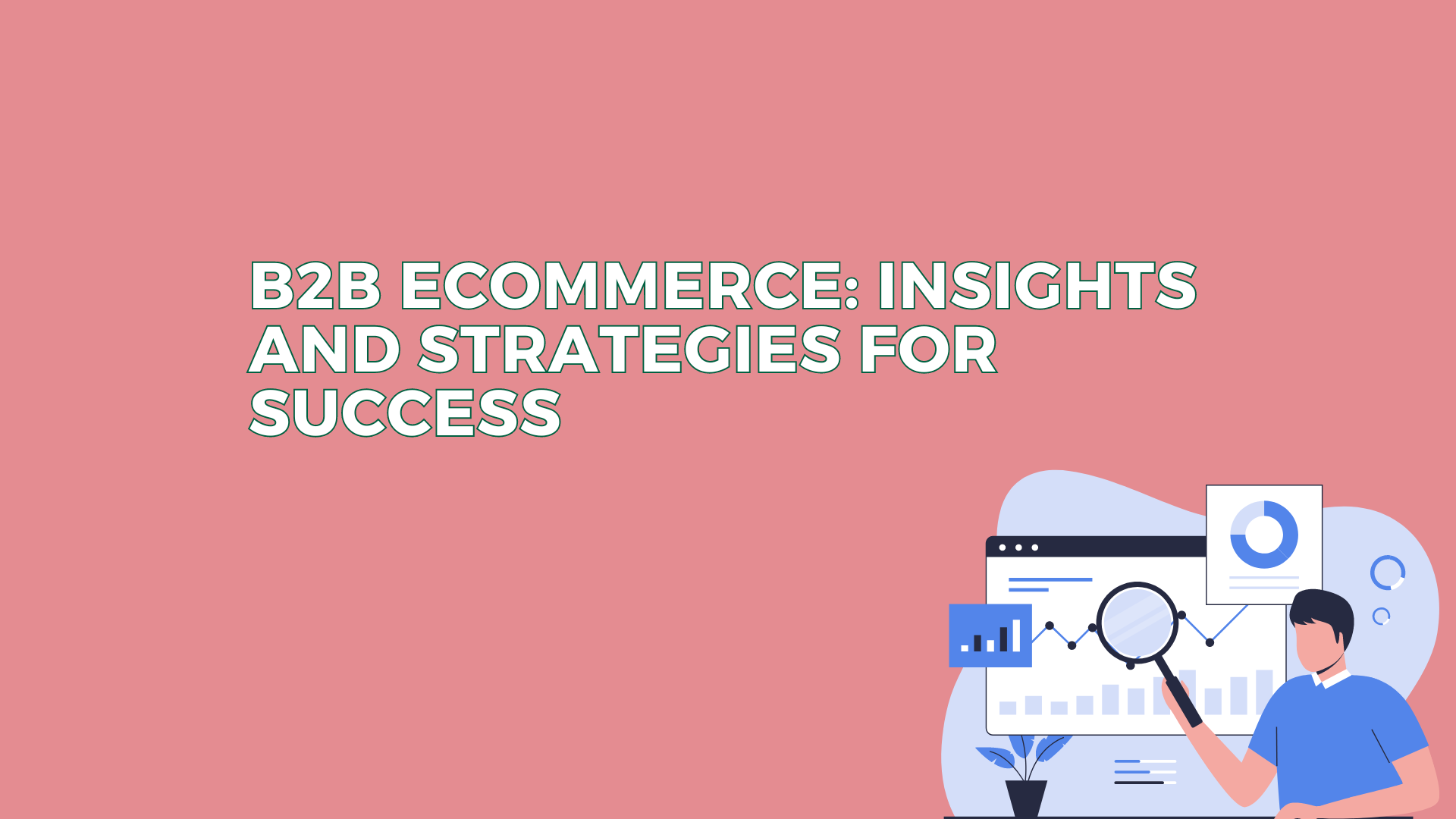While Business-to-Consumer (B2C) ecommerce has long been in the spotlight, its counterpart, Business-to-Business (B2B) ecommerce, is rapidly gaining momentum. B2B ecommerce represents a vast realm of opportunities, with its unique challenges and rewards. In this article, we delve into the insights and strategies essential for navigating the dynamic world of B2B ecommerce and achieving success.
Understanding the B2B Ecommerce Landscape
B2B ecommerce differs significantly from its B2C counterpart, primarily due to the complexity of transactions, the involvement of multiple stakeholders, and the necessity for tailored solutions to meet specific business needs. Unlike B2C, where purchases are often driven by emotions, B2B transactions are driven by rational decision-making, long-term relationships, and the pursuit of efficiency and cost-effectiveness.
Key Insights Driving B2B Ecommerce Growth
- Digital Transformation: The digital revolution has reshaped the way businesses operate, and B2B transactions are no exception. Embracing digital technologies is crucial for enhancing operational efficiency, streamlining processes, and meeting evolving customer expectations.
- Shift in Buyer Behavior: B2B buyers are increasingly adopting online channels for procurement, preferring the convenience and accessibility offered by ecommerce platforms. This shift necessitates a digital-first approach by B2B sellers to remain competitive in the market.
- Personalization and Customer Experience: Just as in B2C ecommerce, personalization and superior customer experience are paramount in B2B transactions. Tailoring offerings to meet the unique requirements of each customer and providing seamless, intuitive interfaces can significantly enhance satisfaction and loyalty.
- Integration of Omnichannel Strategies: B2B buyers expect a seamless experience across various channels, including web, mobile, social media, and offline interactions. Integrating omnichannel strategies enables businesses to engage customers effectively at every touchpoint and drive conversions.
Strategies for Success in B2B Ecommerce
- Invest in Robust Ecommerce Platforms: Choosing the right ecommerce platform tailored to B2B requirements is critical. Look for features such as customizable catalogs, bulk ordering capabilities, integration with ERP systems, and robust security protocols to ensure a seamless experience for buyers.
- Focus on Content and Education: B2B buyers often require detailed information and educational resources to make informed decisions. Invest in high-quality content, including product descriptions, specifications, case studies, and tutorials, to guide buyers through their purchasing journey.
- Streamline Procurement Processes: Simplify the procurement process by implementing features such as automated reordering, bulk pricing discounts, and self-service portals. Minimizing friction in transactions enhances efficiency and encourages repeat business.
- Build Strong Relationships: B2B transactions thrive on trust and long-term relationships. Prioritize excellent customer service, establish clear communication channels, and proactively address customer concerns to foster trust and loyalty.
- Embrace Data-Driven Insights: Leverage data analytics to gain valuable insights into customer behavior, preferences, and market trends. By harnessing data-driven insights, businesses can optimize pricing strategies, personalize offerings, and anticipate customer needs effectively.
Conclusion
B2B ecommerce represents a vast and rapidly expanding frontier, brimming with opportunities for businesses willing to embrace digital transformation and innovation. By understanding the unique dynamics of the B2B landscape and implementing tailored strategies for success, businesses can position themselves as leaders in the evolving ecommerce ecosystem. With the right insights and strategies, the journey to B2B ecommerce success is within reach.









